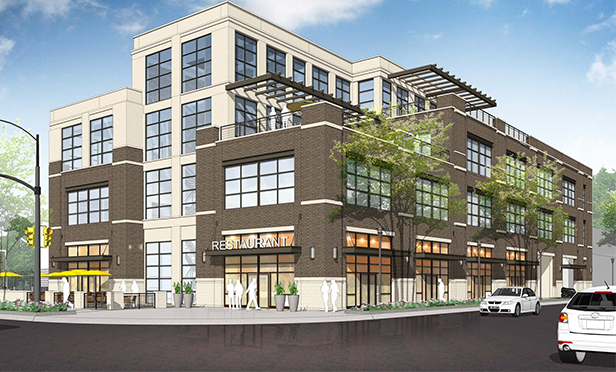 ATLANTA, GA— Cushman & Wakefield's Transwestern Transwestern's Cushman & Wakefield
ATLANTA, GA— Cushman & Wakefield's Transwestern Transwestern's Cushman & Wakefield  Keith Pierce Transwestern's MARTA Cushman & Wakefield
Keith Pierce Transwestern's MARTA Cushman & Wakefield You can hear the complete audio interview with Chad Koenig of Cushman & Wakefield in the player below. clicking here
 Cushman Chad Koenig Koening Buckhead Central Perimeter MARTA Chamblee MARTA Koening MARTA MARTA Koenig
Cushman Chad Koenig Koening Buckhead Central Perimeter MARTA Chamblee MARTA Koening MARTA MARTA Koenig - On the office side, roughly 61% of all new construction is within one-half mile of a MARTA station, and all these projects are high-end, class A developments;
- Average office rents within a half-mile of a transit station totaled $29.42 in the first quarter, up 5.1% year-over-year and 24.8% higher than the overall Atlanta market;
- Over the past decade, the number of new residential units within the MARTA market was more than triple the inventory growth of non-MARTA market locations, and when demand is this strong, multifamily developments near rail stations are able to achieve rents nearly 50% higher than those outside the half-mile radius.
- Finally, the research showed that effective 2018 rents within the MARTA market average $1.68 per square foot compared to non-MARTA market multifamily average of $1.14 per square foot.
- Today, new construction properties in the most active and desired submarkets have reached above $2 per square foot, as they are predominantly class A developments with exceptional amenity packages and unit features.
 Brian Landes Transwestern Cushman & Wakefield's Koenig MARTA MARTA MARTA
Brian Landes Transwestern Cushman & Wakefield's Koenig MARTA MARTA MARTA© 2025 ALM Global, LLC, All Rights Reserved. Request academic re-use from www.copyright.com. All other uses, submit a request to [email protected]. For more information visit Asset & Logo Licensing.








